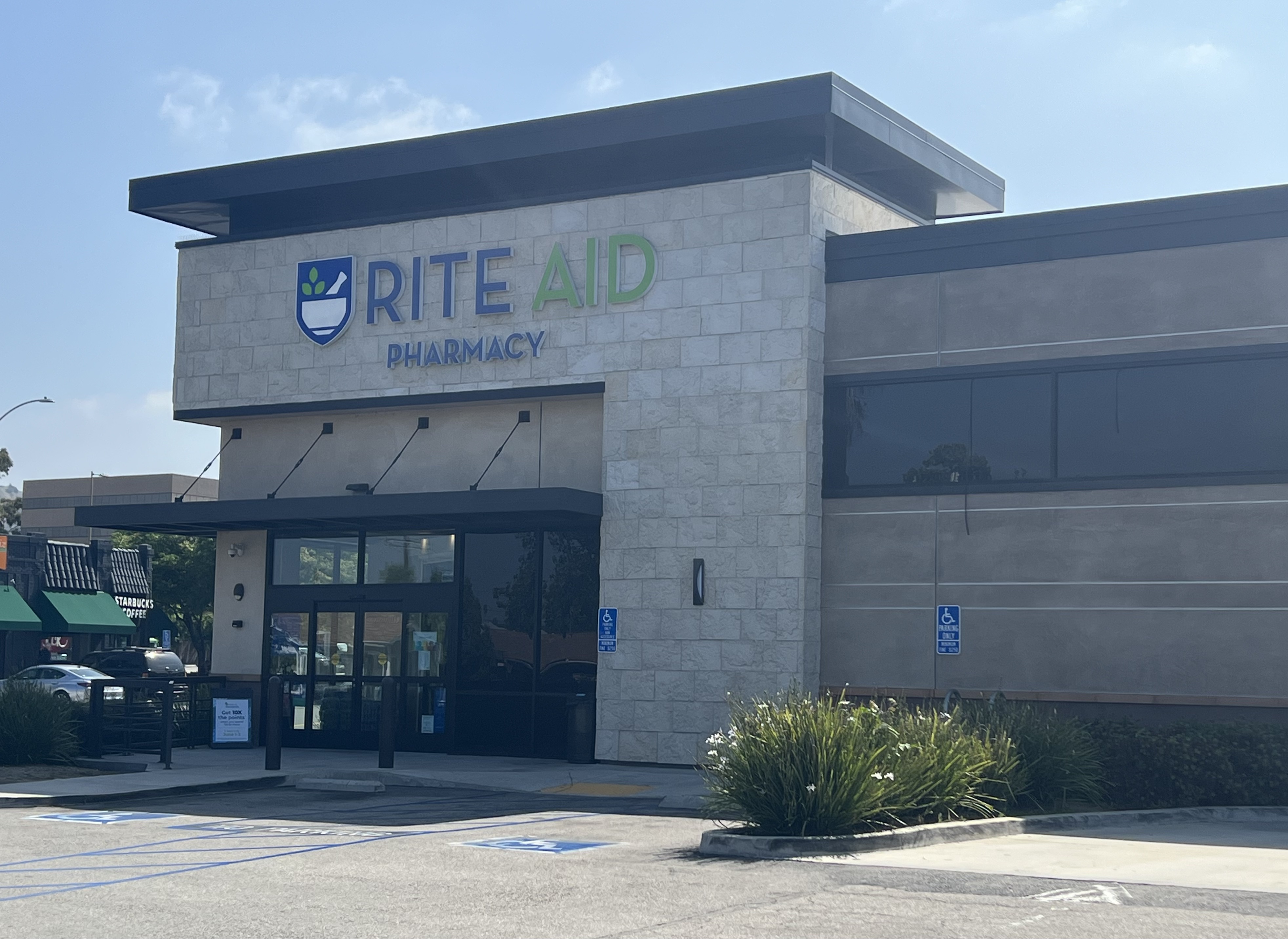Poorly made, imported ATVs spur CPSC to push standards
Published 4:00 am Friday, November 27, 2009

- Sue Rabe, in a family photo with her husband, Tom, and son Kyle, helped found a safety advocacy group after Kyle died when the ATV he was driving rolled over and fell on him.
For American parents wanting to provide their children some good, clean off-roading fun, the Fu-shin, a smaller-than-normal all-ter- rain vehicle, seemed just the thing.
Except the Chinese import with jaunty yellow paint and a low $250 price tag was missing one feature: front brakes.
In the $5 billion market for ATVs, the skyrocketing growth of Chinese imports is becoming the latest challenge for the Consumer Product Safety Commission, which is embarking on a global campaign to improve the safety of a product that kills more people — about 900 a year — than any of the 15,000 other products the commission regulates.
Fushin, whose ATV also had sharp handlebars that could cause injury, agreed in May to a voluntary recall of the models marketed for children. But that did not solve the larger problem. A few weeks ago, at the port of Houston, a shipload of Chinese ATVs that did not meet U.S. safety standards was seized by customs officials.
The Consumer Product Safety Commission is in the process of creating new safety rules under landmark legislation passed last year that took voluntary industry standards for ATVs and made them mandatory. And it is scrutinizing sales of Chinese ATVs over the Internet.
Enforcement
“We’ve seen cases where the Chinese manufacturers have not met our standards,” said Inez Tenenbaum, the commission’s chairwoman, who led a 10-member U.S. delegation that met last month with government officials and ATV manufacturers in the industrial city of Taizhou in the Jiangsu province of China. “We explained to them, here are the specs that we have, and you will have to build based on our standards.”
That, however, may be easier said than done. While last year’s legislation gave the commission broad new powers to regulate ATVs, both imported and American-made, the Chinese-made vehicles present a special problem. As is the case with other Chinese imports, like tainted toys and drywall, legal accountability can prove hard to establish, and the commission often can only clamp down on problem products after the damage has been done and reported.
A big concern is that most of the Chinese ATVs are used by children, some as young as 6.
The legislation expanding the CPSC’s purview was the result of tainted imports from China in the first place — contaminated pet food and toys coated in lead paint — and covers items used by children under 12, including ATVs.
“As with other products that come in from China,” said Russ Reiner, a trial lawyer in Redding, Calif., who specializes in vehicle rollover cases, “it is difficult for the commission to have a mandate that will really affect Chinese manufacturers. It is difficult to police. Many times, products come here through shell corporations. The commission can warn the public about products that are not safe. But generally, there is no action until after consumers make complaints.”
Unlike automobiles, which face strict federal safety standards and whose users must be licensed, safety requirements for off-road vehicles are far more limited. Drivers of ATVs generally need no license, and teenagers frequently post videos on YouTube showing off their daring stunts.
For that reason, the commission has an active campaign with local media to publicize safety problems when they occur, including pointing the finger this week at the reality television father Jon Gosselin for riding an ATV with a 5-year-old perched onboard.
Race to th
e bottom
Chinese ATV makers specialize in the smaller, less-powerful vehicles that are usually used by children from 6 to 16 years old. More than 83 percent of all youth vehicles are imports, while the traditional makers cater to the adult market and manufacture the bulk of the bigger models.
For parents, the appeal of a Chinese ATV is not only its flashy design, but a price tag that is a third to a half lower than its domestic counterparts.
“It’s basically a race to the bottom to see who can get the cheapest machine,” said Matthew Camp, an industry analyst with Power Products. “For some Chinese companies, it is how many units can they pump out in order to survive. Margins are thin, and they have to pump them out to make money.”
On average, the commission reports, more than 100 children are killed each year in ATV accidents, and 40,000 more are sent to the emergency room. The commission does not break down whether those accidents occurred on Chinese ATVs or domestic ones.
Until last year’s Consumer Product Safety Improvement Act, ATV safety standards were strictly voluntary and followed only by the traditional sellers. The trade association representing traditional ATV makers welcomed the mandatory standards as a way of leveling the playing field with the imports.
Of course, traditional sellers have much to gain from shutting their rising competitors out of the American market, or, at least, leveling the playing field. And most deaths on ATVs are adults, most often riding one of the traditional vehicles.
For that reason, consumer advocates say the mandatory standards are inadequate, regardless of who makes the vehicle.
“ATVs have been killing and maiming for years,” said Sue Rabe, who helped found Concerned Families for ATV Safety, after her 10-year-old son was killed when the ATV he was driving rolled over and fell on him.
“This is taking the Chinese up to the American standard. But the American standard isn’t good either. These things should be regulated like cars. They are powerful, and people don’t understand that until it is too late. There is no way you can replace a loved one.”






